Optimal Seasons for Foundation Repairs
Foundation repairs are most effective when performed during specific times of the year. The ideal period depends on weather conditions and soil stability, which influence the success and longevity of repairs. Understanding seasonal factors can help homeowners plan repairs to minimize disruptions and ensure optimal results.
Spring offers moderate temperatures and soil moisture, making it suitable for foundation work. However, increased rainfall can sometimes delay projects.
Summer provides longer daylight hours and generally dry weather, ideal for foundation repairs. Extreme heat can pose challenges, but with proper planning, work can proceed smoothly.
Fall is often considered the best time for foundation repairs due to cooler temperatures and stable soil conditions. Preparing before winter ensures the foundation is reinforced for colder months.
Winter is generally less favorable due to freezing temperatures and frozen ground, which can hinder excavation and foundation work. Repairs are best postponed until ground conditions improve.
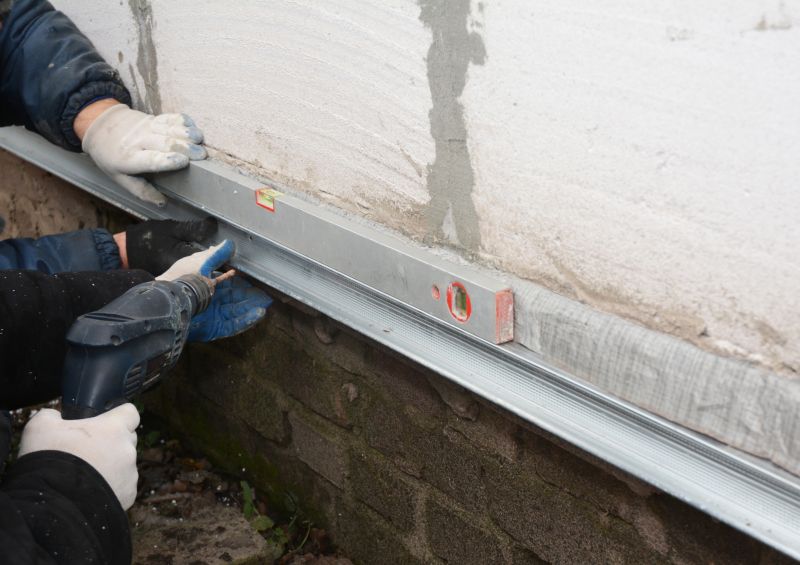
Springtime offers optimal soil conditions for foundation stabilization and repair activities.
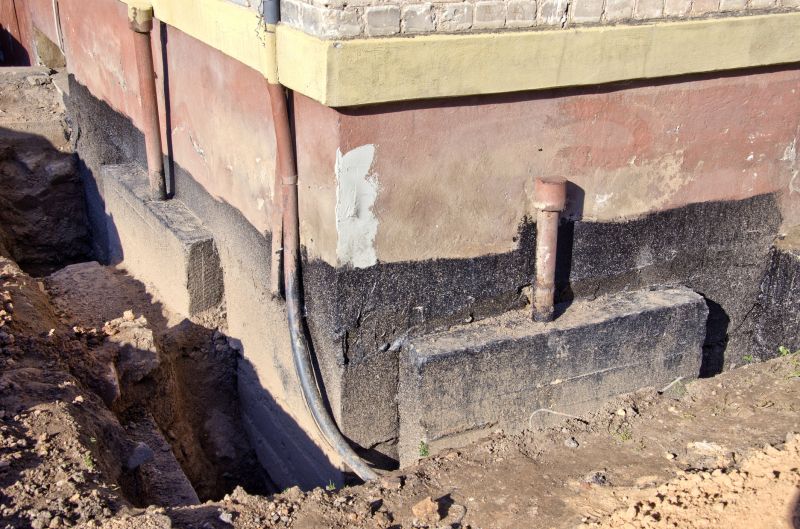
Dry summer months facilitate efficient foundation repair projects with minimal weather delays.
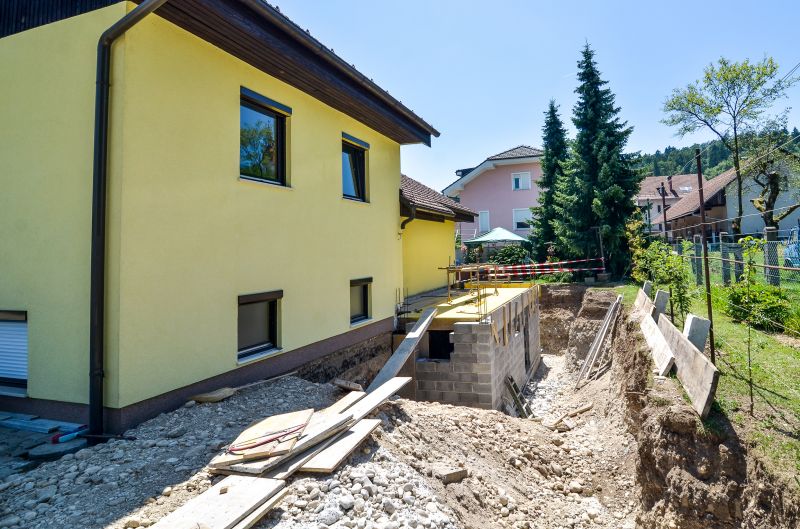
Cooler fall weather supports effective foundation repairs before winter sets in.

Ways to make Foundation Repairs work in tight or awkward layouts.

Popular materials for Foundation Repairs and why they hold up over time.
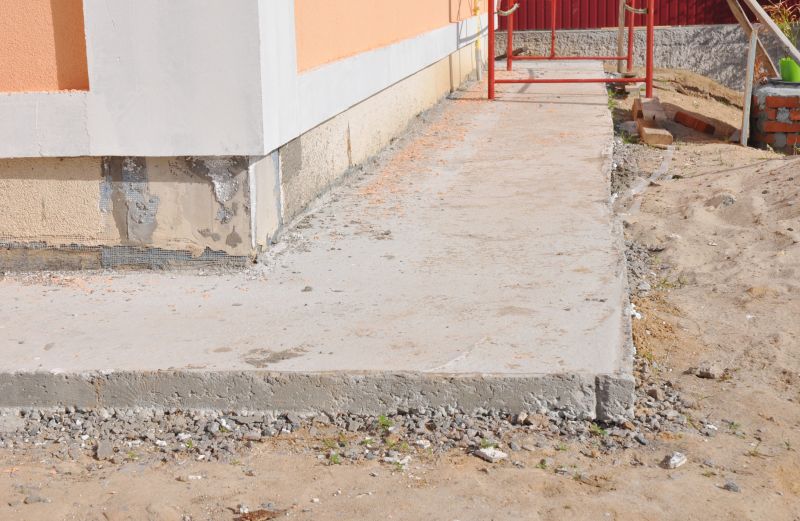
Simple add-ons that improve Foundation Repairs without blowing the budget.
| Season | Ideal Conditions |
|---|---|
| Spring | Moderate temperatures, soil moisture, some rainfall |
| Summer | Dry weather, longer daylight, warm temperatures |
| Fall | Cooler temperatures, stable soil, preparation for winter |
| Winter | Freezing temperatures, frozen ground, limited access |
Foundation repairs address structural issues such as cracks, settling, and shifting that can compromise the stability of a building. Proper timing of repairs can prevent further damage and reduce costs associated with extensive foundation work. Seasonal considerations play a crucial role in ensuring that repairs are durable and effective, with the best results typically achieved during spring and fall when ground conditions are most favorable.
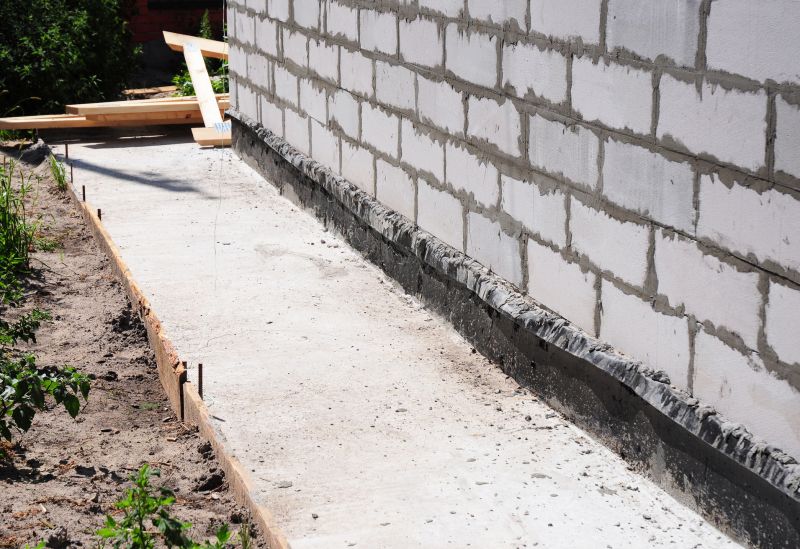
Visual representation of foundation stabilization techniques.

Images showing soil treatment methods used during repairs.
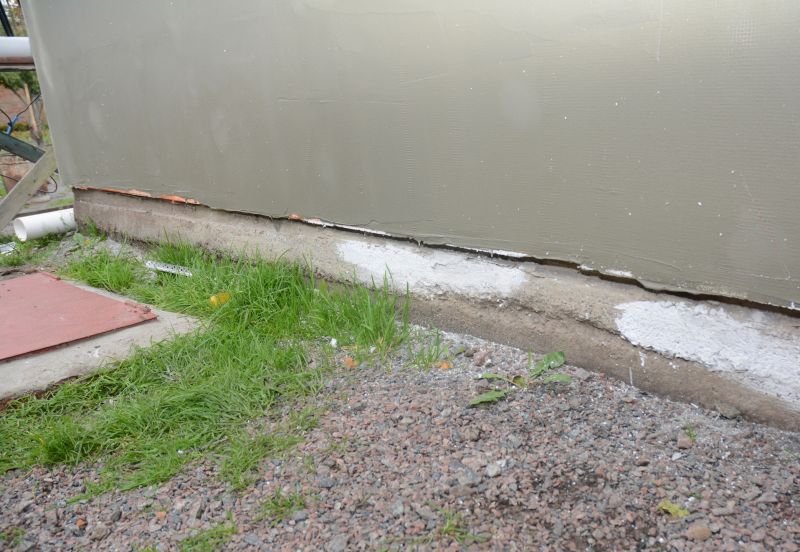
Close-up images of foundation crack sealing and reinforcement.
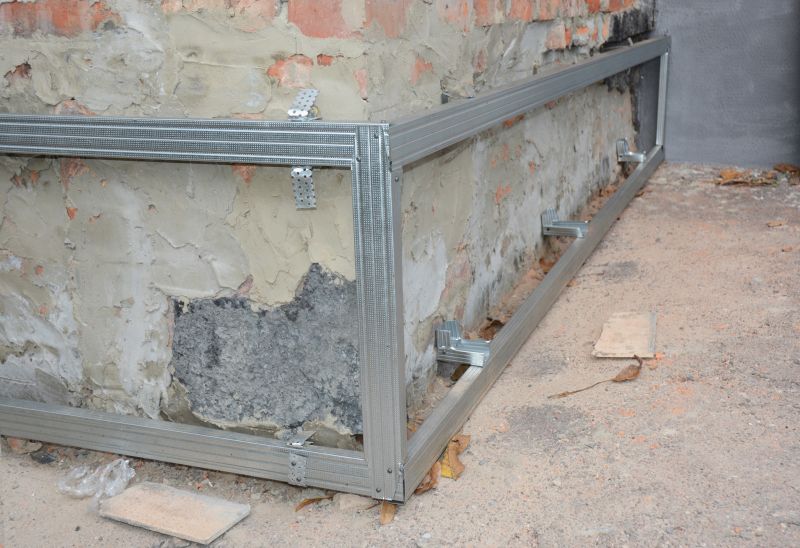
Structural supports and underpinning systems in action.
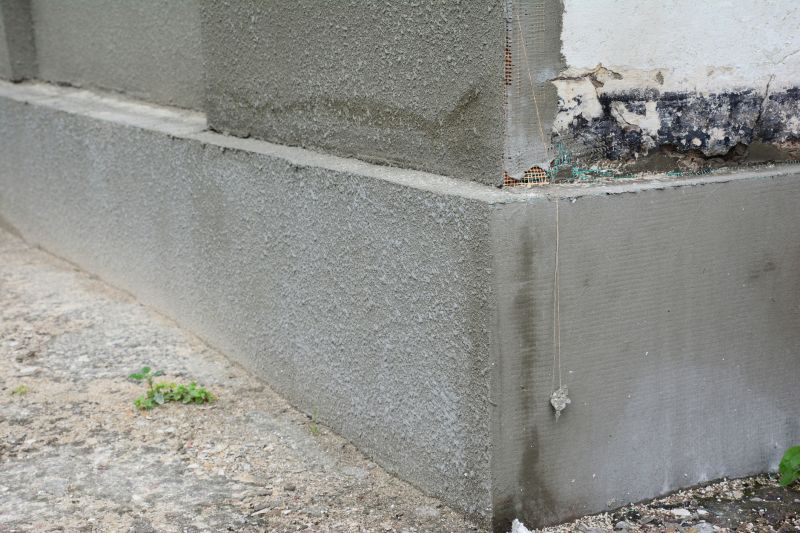
High-end options that actually feel worth it for Foundation Repairs.
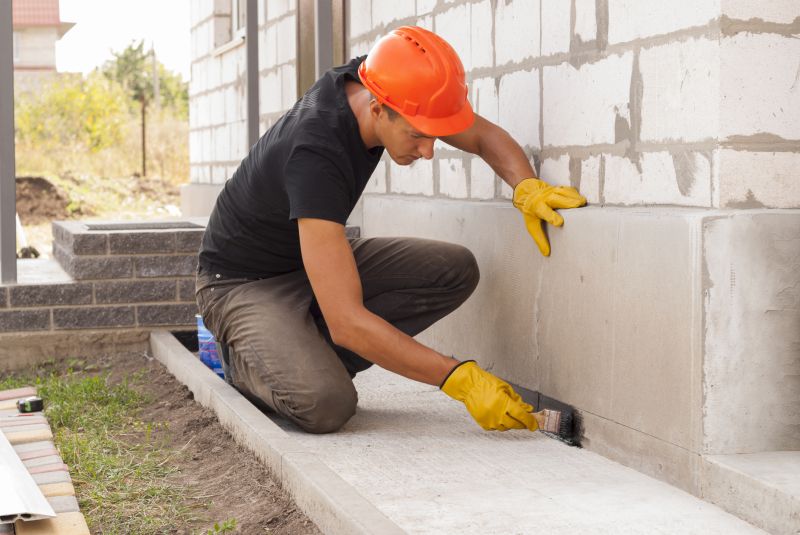
Finishes and colors that play nicely with Foundation Repairs.

Little measurements that prevent headaches on Foundation Repairs day.
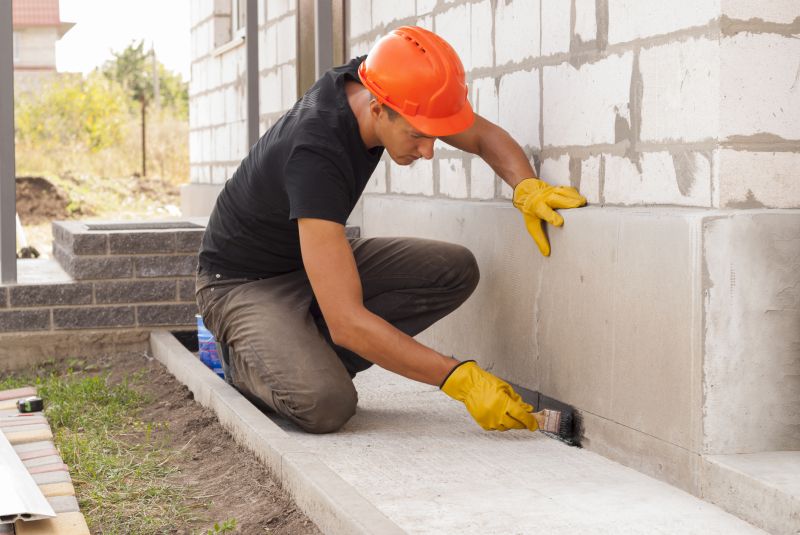
A 60-second routine that keeps Foundation Repairs looking new.
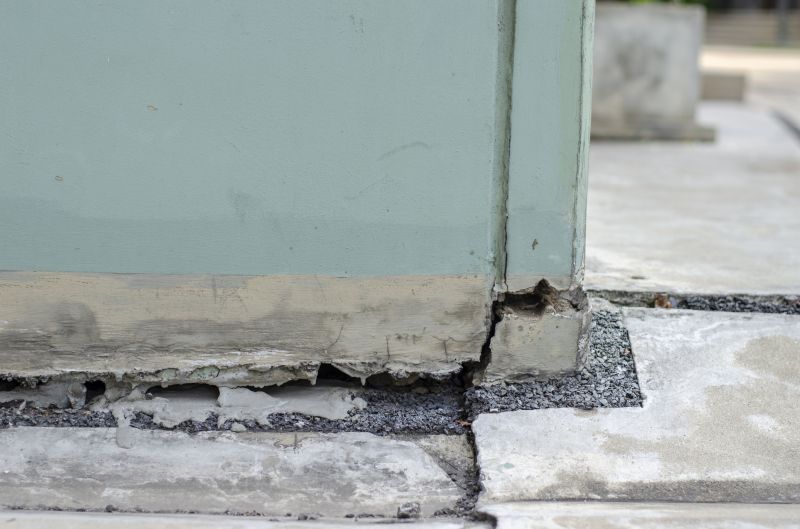
A frequent mistake in Foundation Repairs and how to dodge it.

Small tweaks to make Foundation Repairs safer and easier to use.
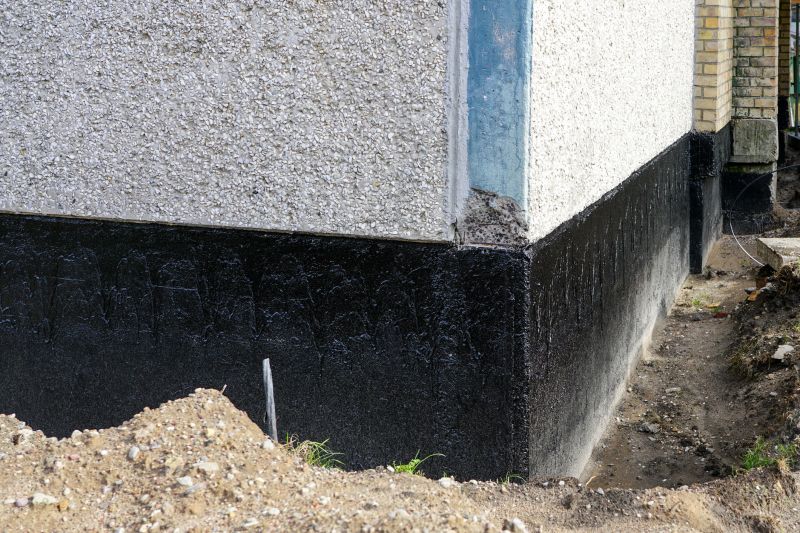
Lower-waste or water-saving choices for Foundation Repairs.
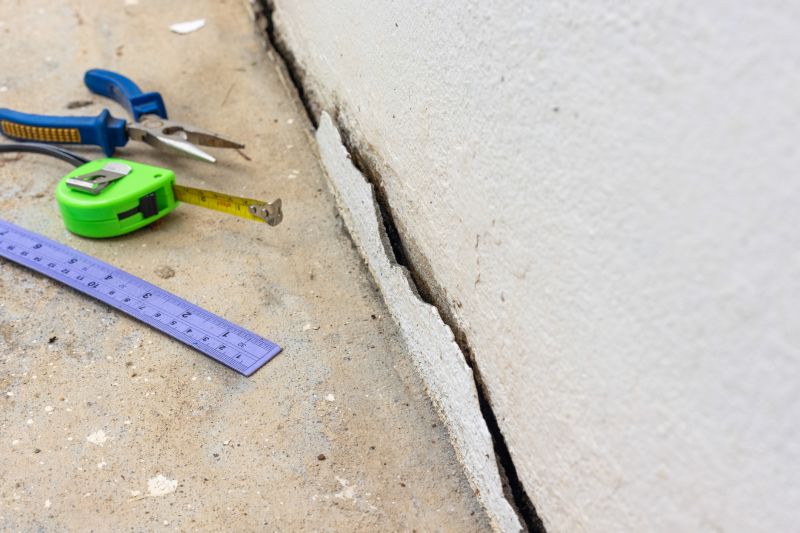
The short, realistic tool list for quality Foundation Repairs.
Timely foundation repairs can prevent costly structural damage and extend the lifespan of a property. Regular inspections, especially after severe weather events, help identify issues early. Consulting with foundation specialists can determine the most suitable time for repairs based on current ground conditions and project scope.
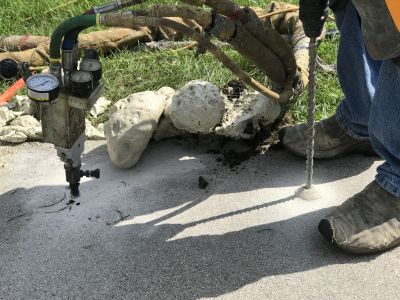
Tools and machinery used in foundation stabilization.

Visual comparison of foundation repair results.
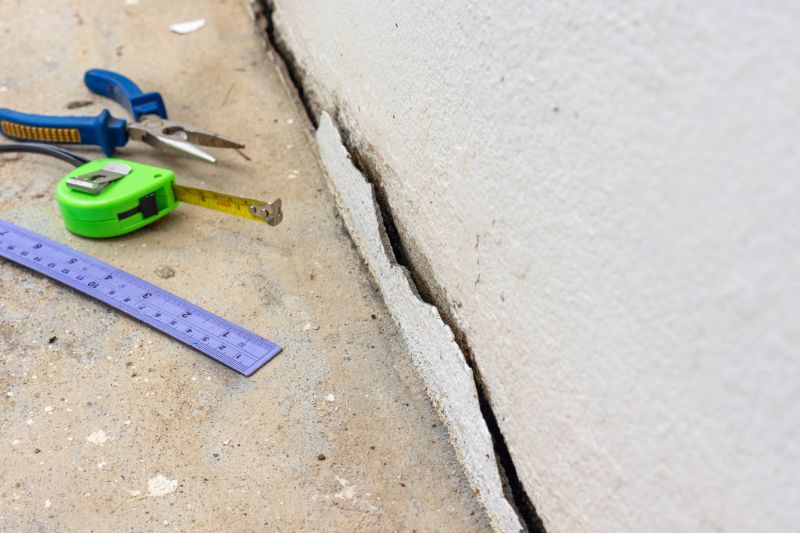
Technicians assessing foundation conditions.
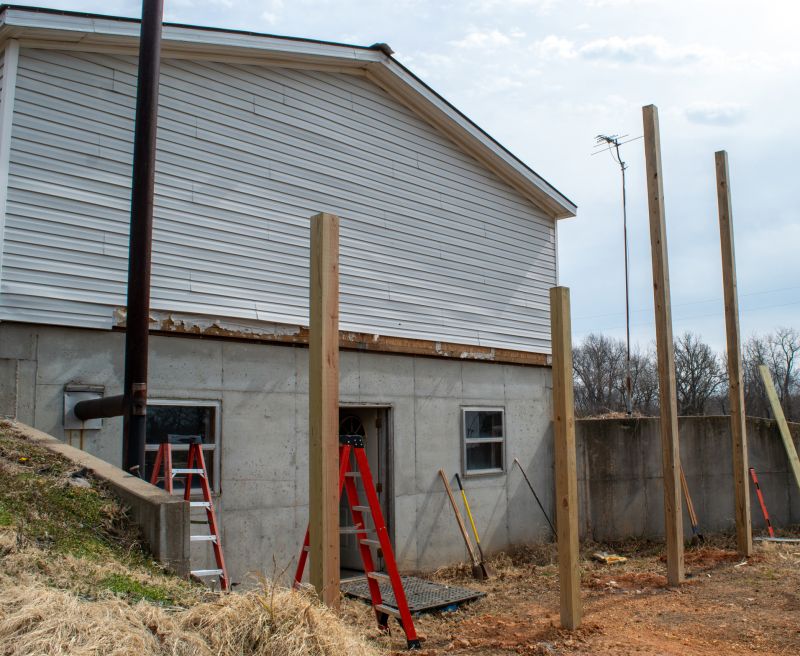
Rough timing from prep to clean-up for Foundation Repairs.
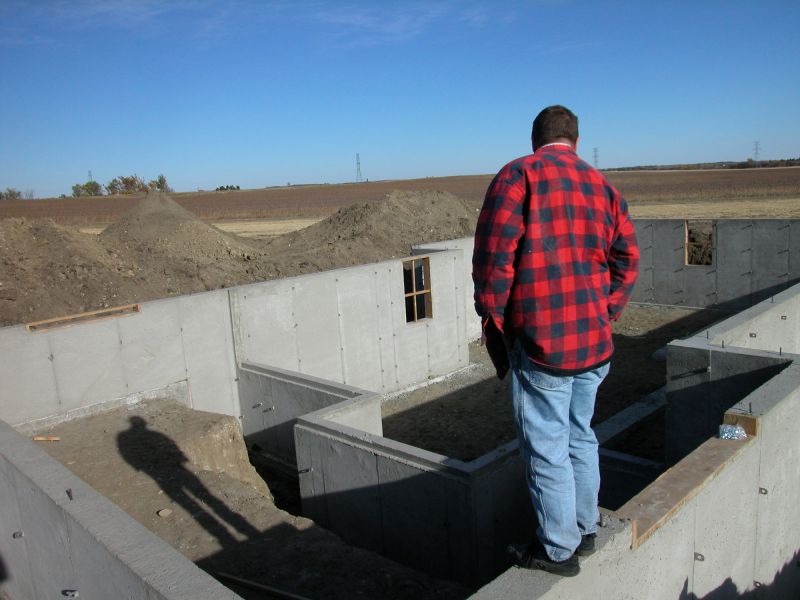
Quick checks and paperwork to keep after Foundation Repairs.
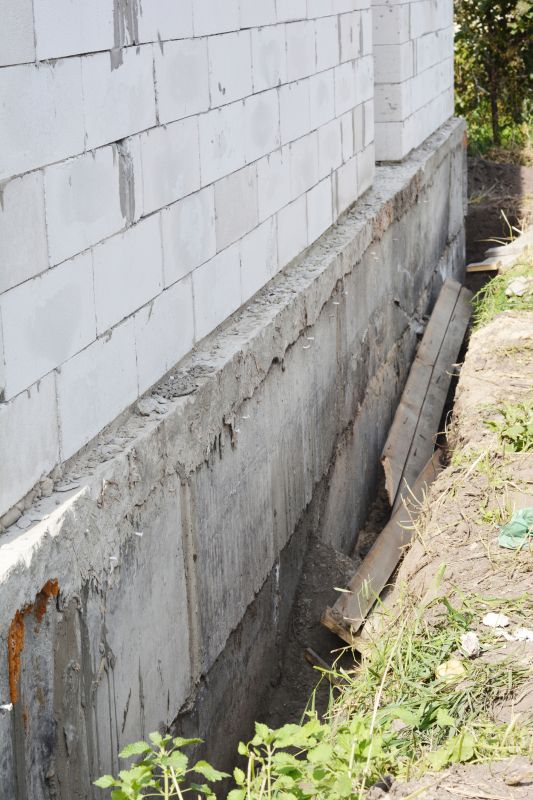
Examples that show the impact a good Foundation Repairs can make.
Interested property owners are encouraged to contact for further information or to schedule an assessment. Proper timing and professional execution are key to ensuring lasting foundation stability and maintaining property value.




